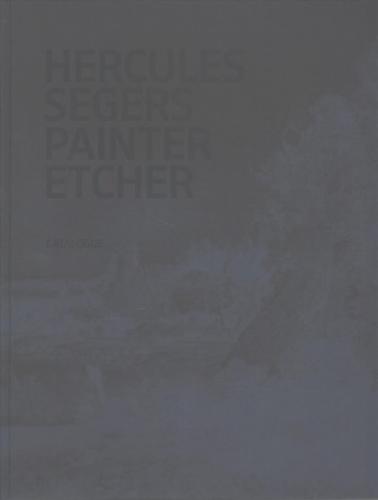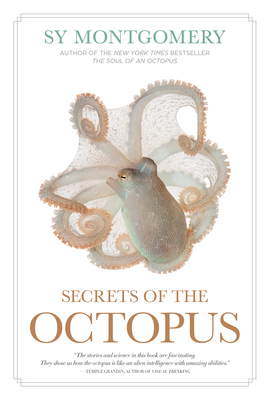
Hercules Segers: Painter, Etcher, a Catalogue Raisonn
Description
" Segers] painted landscapes in a state of bliss."--Werner Herzog
Hercules Segers (sometimes spelled Seghers) may be art history's greatest unknown artist. Active in early 17th-century Holland just before Rembrandt, he created otherworldly landscapes of astonishing originality which today are viewed as radical anticipations of modernism. Using an array of innovative techniques that still puzzle scholars (including his famous sugar lift etching method), Segers created extraordinarily resonant, melancholic landscapes characterized by luscious, soft lines, that resemble nothing by his contemporaries and little that has followed since.
Segers rejected the notion that prints from a single plate should be identical, instead freely deploying varied color schemes, then adding lines or cutting down the plate and sometimes printing on cloth. Consequently, each print became a unique miniature painting. Poets and artists down through the ages have been fascinated by Segers' poetical art; he strongly influenced Rembrandt, who owned at least eight of his paintings (and one of his printing plates), and more recently, the director Werner Herzog helped revive Segers' name by featuring his prints in his piece for the 2012 Whitney Biennial.
Accompanying a major exhibition at The Metropolitan Museum of Art in New York and Rijksmuseum, Amsterdam, this revelatory two-volume catalogue raisonn (one volume comprised of plates and the other of critical texts) is the most substantial work on the artist ever published, and the first in English since 1978. Beautifully designed by Irma Boom, it contains detailed descriptions of all 18 known paintings and all 184 etchings in full color, most of them at actual size.

